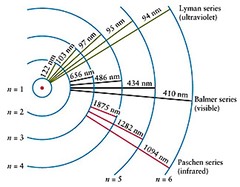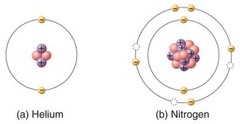
Learning Goals: The goal of this lab is to learn how to examine the spectrum of a star, and how measuring the intensity of those frequencies can reveal things about the star. Students will learn the relationship between color and temperature and will see how the chemical composition of a source can be determined from its emission or absorption line spectrum.
Challenge: Understand the relationship between the temperature of a star and the spectrum it produces.

